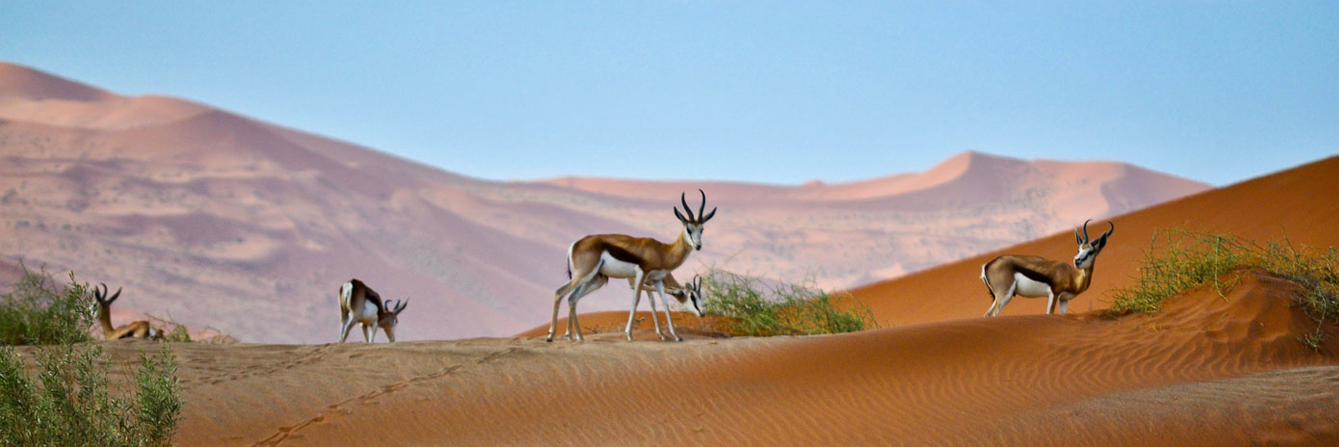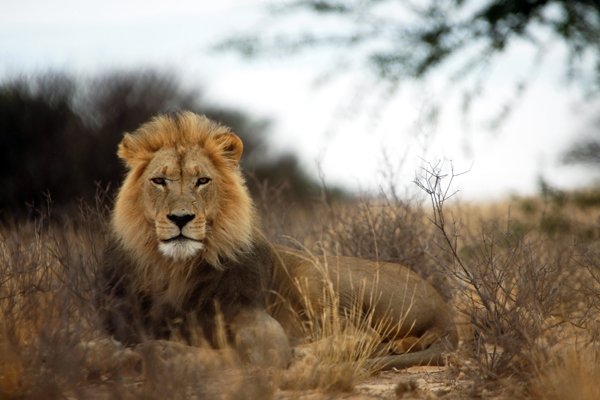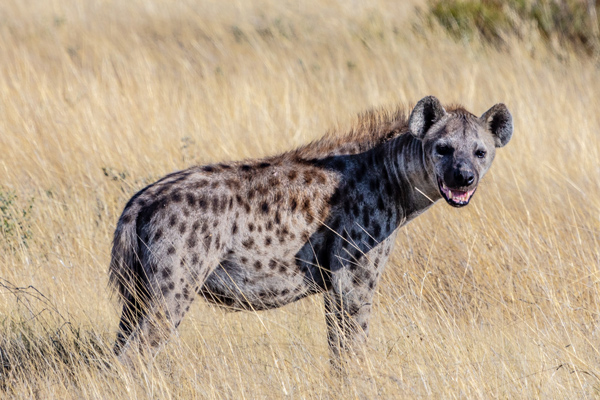
Namibia is probably one of the most under-rated safari hunting destinations in southern Africa. It is a country that is 318,772 square miles in size, 1.2 times the size of Texas with a population of only 2.5 million people. The country is a prime destination in Africa and is known for ecotourism, which features Namibia’s extensive wildlife. Namibia is one of few countries in the world to specifically address conservation and protection of natural resources in its constitution. Apart from hunting available on private property, the country boasts a total of 82 hunting conservancies; extensive hunting areas with very limited human habitation.

The history of Namibia has passed through several distinct stages from being colonised in the late nineteenth century to Namibia’s independence on 21 March 1990.
From 1884, Namibia was a German colony: German South West Africa. After the First World War, the League of Nations gave South Africa a mandate to administer the territory. Following World War II, the League of Nations was dissolved in April 1946 and its successor, the United Nations, instituted a trusteeship system to reform the administration of the former League of Nations mandates and clearly establish majority rule and independence as eventual goals for the trust territories. South Africa objected arguing that a majority of the territory’s people were content with South African rule.
Legal argument ensued over the course of the next twenty years until, in October 1966, the UN General Assembly decided to end the mandate, declaring that South Africa had no further right to administer the territory, and that henceforth South West Africa was to come under the direct responsibility of the UN (Resolution 2145 XXI of 27 October 1966).
General info
- Total land area: 318,772 square miles
- Official Language: English
- Average annual rainfall:
less than 50mm (1.9 inch) along the coast to 350mm (13.8 inch) in the central interior and 700mm (27.5 inch) in the Caprivi.
Available species
- Blesbok
- Caracal
- Cheetah
- Crocodile
- Damara dik-dik
- Duiker – Common & Grey
- Eland
- Elephant
- Gemsbok
- Giraffe
- Hyena – Brown & Spotted
- Impala – Black Face
- Jackal
- Klipspringer
- Kudu
- Leopard
- Lion
- Red Hartebeest
- Sable
- Springbok
- Steenbok
- Warthog
- Waterbuck – Common
- Wildebeest – Blue & Black
- Zebra – Burchell & Hartman’s






